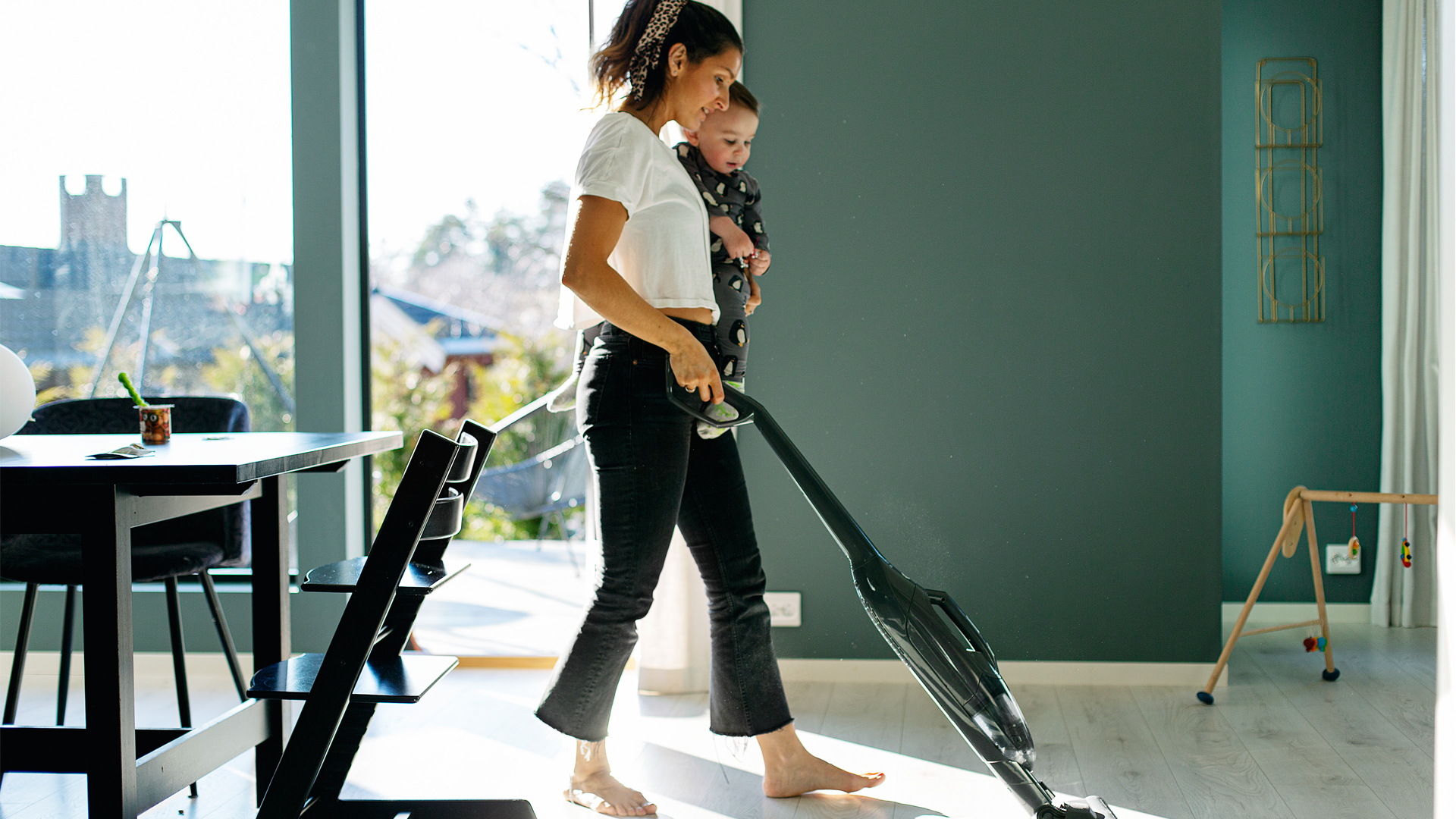New research from cleaning brand ROIDMI suggests that vacuum cleaners with pull and hold triggers are deeply unpopular with consumers. In fact, 91% of those surveyed in an online poll would not make a trigger-controlled vacuum their top choice, with the suggestion that manually operated cleaners may soon start collecting dust.
Aiming to gain insights into customer satisfaction, the poll found that on/off buttons or switches were on the high priority list for those on the hunt for one of the best vacuum cleaners for home, despite new models from cleaning giants Dyson and Shark showcasing triggers in recent months.
What’s wrong with trigger vacuums?
The survey found that one of the principal complaints about trigger-heavy vacuums is that they create unnecessary discomfort for those who suffer from dexterity issues, such as arthritis. It was also reported that many users have even begun to create makeshift solutions for holding the trigger down permanently, including using tape or installing additional attachments.
If this is the case, then what is the incentive for the rise of trigger-operated vacuums? Well, according a titan of the vacuum world, Dyson, it’s all about conserving battery life. Using triggers, rather than an on/off system, means that its cordless and handheld vacuums can be operated for longer, rather than wasting energy in the in-between stages of cleaning. This was a pivotal element of its new industry-leading vacuum, the V15 Detect, which not only has phenomenal suction power but can run for up to an hour, a significant improvement on previous models.

Despite being somewhat irritating to operate, extended battery life could be evidence that trigger-happy vacuums are actually a more sustainable choice for the environment, as they cut down on charging time and conserve electricity. Combine this with the fact that triggers are often found in cordless devices, which tend to swap out disposable waste bags for washable dust bins, and there may still be convincing arguments for this kind of model’s popularity yet.
However, it’s safe to say that optimism for trigger-operated vacuums is not shared everywhere; particularly within user review sections for products that help keep these mechanisms strapped down for good. One such manual trigger lock on Amazon has 1,095 ratings, with many customers questioning the Dyson design strategy and effectively seeking to reverse the trigger effect through this additional purchase. On the whole, though, this seems to be a dangerous strategy to employ, with numerous reviewers voiding their warranty of a $600 vacuum through the use (and breakage) of this $13 tool, and regretting it bitterly.
With all that in mind, the question of whether vacuums should be produced with or without triggers is still up for debate. While it looks as if leading brands will carry on including them as part of their cordless designs, it’s up to personal preference if you want to use one to clean your home. For a truly hands-free cleaning experience, check out our guide to the best robot vacuums, which can take the weight off altogether.

